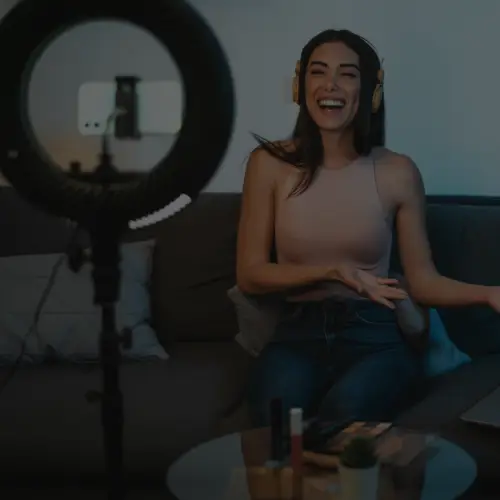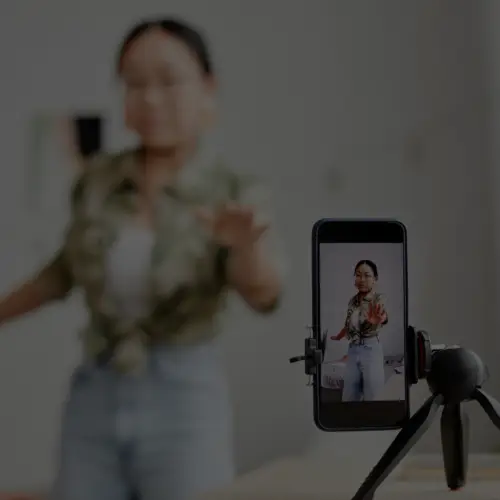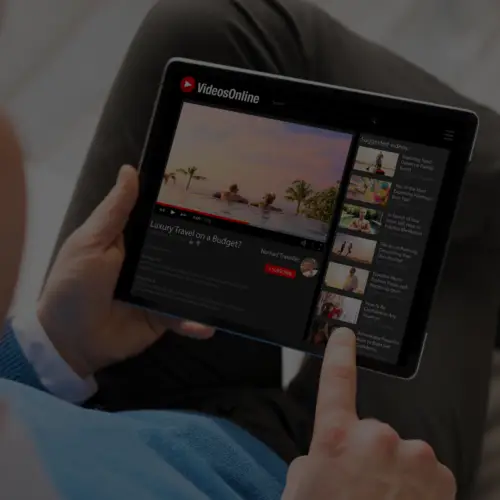30 Sep Facebook f8 2011: Implications for Brand and Social Media Marketers
Last week Facebook announced several important changes to their user experience and Open Graph at their annual f8 developer conference. Those changes have important implications for how users consume and share content, how brands need to approach content development and seeding, and how 3rd-party sites and applications should integrate Facebook sharing via the Open Graph API.
There has been a massive amount of coverage on the topic, and you can find some helpful links pulled from all that at the end of this post and sprinkled throughout. For a quick primer – and to save you from jumping all over the Web – we included an overview of the changes below, along with our thoughts on what we think are the most significant implications of f8 for our clients – brand and social media marketers.
For the official announcement from Facebook, and an overview of the changes, view the f8 keynote video.

Key Takeaways
- How users discover, consume, and share content is changing significantly thanks to the introduction of new interface features such as the Ticker and Timeline, summarized by Facebook as “realtime serendipity.”
- High-quality brand content will be further rewarded thanks to the ability of a user to curate their own profile, and the new “patterns” behavior of the Timeline algorithm.
- Apps and sites may now have a more natural, integrated Facebook sharing experience, as the Like button is joined by more contextually appropriate verbs such as Read and Watched.
- The volume of sharing activity stands to grow dramatically thanks to “frictionless sharing” – the ability for apps to automatically share user activity. However this will also make it harder for brand content to stand out amongst all the noise.
- Advertisers will be able to target Facebook users by product interest and media consumption thanks to changes in the Open Graph.
Notable Changes:
User Experience: Timeline, Ticker and More
Timeline: The most visible change for Facebook users will be the introduction of the Timeline, a completely redesigned user

profile experience that creates a personal blog or lifestream-type experience. Timeline surfaces historical updates sortable by year and content type (e.g. all photo updates), and allows users to curate their content to highlight important events or stories, while featuring visual content such as photos and video much more prominently, including a custom header image set by the user.
Apps: Timeline also aggregates updates by Facebook and 3rd-party apps in one of several formats (selectable by the developer) to more coherently and visually display recent user activity. Where the app appears in a user’s timeline can be set by the user themselves to better tell their “story,” and adding apps to the Timeline is a simple one-button Add to Timeline experience. You can see additional app and Timeline images from Facebook here.

Ticker and News Feed: Just prior to f8 Facebook updated the News Feed for most users, highlighting Top Stories and creating the Ticker, a sidebar of realtime updates of friend activity such as Likes, comments, app activity, and so on. The Ticker is central to Facebook’s concept of realtime serendipity – the ability to discover new content and interests shared by your friends on a continuous basis.
Notably, Facebook is using what it calls patterns to algorithmically, via GraphRank, to group clusters of related friend activity – for example, when several friends use the same app or like the same content within a short period – and display them in the News Feed.
For the Developers: Open Graph Changes
Frictionless Sharing with Apps: In addition to new layouts and Timeline/News Feed options, Facebook announced a goal of creating a frictionless experience for users when it comes to sharing via apps. From a user perspective, this means instead of your app experience being constantly interrupted with prompts to Share or Like content, you’ll just have to opt-in once, after which the app automatically shares your activity to Facebook.
As Facebook is generally targeting a move into lifestyle and media app and content categories, Netflix (non-US), Words with Friends, and Spotify (along with other initial Facebook Music partners) are some of the initial reference partners. The Spotify example in particular however is already generated concerns about oversharing – Will Facebook’s Ticker Turn Into Song Spam? (PC Mag).
Contextually Relevant Like Buttons: The Like button is getting some friends, apparently. Also as part of the push into the lifestyle and media spaces, Facebook is updating the Open Graph to enable the creation on 3rd-party websites with more contextually relevant feedback buttons for media such as Listened, Watched, and Read. These buttons will behave similarly to the Like button and push updates to user Tickers along with News Feed and Timeline (if deemed “meaningful” by GraphRank). They are designed to more intelligently display what a user is doing with content, as Like isn’t always an appropriate description. For e-commerce sites, a Want button is also potentially coming, per Facebook.
The Like button itself will still be available and unaffected.

Enhanced Analytics: Developers and metrics teams also get additional analytics available to them to better understand where user activity is happening,along with impression and click volume.

What it Means for Marketers
The latest changes to the user experience and Open Graph are clearly designed to further embed Facebook as the online social fabric of people’s lives. The vision outlined by the Facebook leadership team is one of a very high volume of continuous, ubiquitous, and “frictionless” sharing of online user activity taking place both on Facebook and across the ‘Net. This in turn will, via Timeline, create a powerful historical record (a lifestream) of an individual’s life online. If that sounds ambitious, it is, and with it come significant implications for brand marketers.
The quality bar for brand content is higher than ever
Taken as a whole, the various changes Facebook announced will likely result in a massive increase in the volume of user sharing activity, and a higher bar for content that makes it into a user’s Timeline or Newsfeed. Navigating EdgeRank – Facebook’s algorithm for determining what makes it into a user’s News Feed – has always been a focus for anyone driving Wall content, and with the increased noise and filtering, crafting that content to stand out will be an even greater challenge.
To cut through the noise, a higher priority than ever should be placed on getting groups of friends to engage with content (Like, share, comment), creating what Facebook calls meaningful patterns. Individual actions may get lost in the ongoing waterfall of the Ticker, however multiple friend actions on similar content can get still get picked up and grouped into more prominent News Feed mentions. Recency is still a factor, which will drive important considerations around post frequency and timing, but frequent, high quality content that drives engagement from multiple members of friend networks is more critical than ever.
Apps are more relevant than ever for driving sharing and social spread
Though frictionless sharing may mean more noise generated by 3rd-party apps, it also means more opportunities for well-designed apps drive sharing activity across Facebook friend networks. Each article read, song listened to, product reviewed, contest entered, achievement unlocked, etc. – all can seamlessly inject themselves into user Tickers and enable instant engagement from their friends. Apps will no longer need to focus on incenting multiple sharing actions during use, but instead on being interesting enough to start using (and allow sharing the first time) and on generating compelling updates to the user Tickers. As the code changes needed for apps to take advantage of this are relatively minor, barring a user backlash from oversharing, expect most 3rd-party Facebook apps to take advantage of the new functionality in short order.
Opportunities for advertisers are changing and deepening
Thanks to the new, contextually-relevant feedback buttons (Read, Listened, Watched) that will be taking their place alongside the now ubiquitous Like button, advertisers should have a range of new targeting options available based on user media consumption history. If the Want button becomes a reality, the targeting opportunities for brands increases dramatically. InsideFacebook has a helpful list of potential example scenarios:
- A concert venue could target all users who said they listened to band to sell tickets for that band’s upcoming concert.
- A big box retailer could target all users who shared or said they watched any movie starring Johnny Depp to sell a new DVD box set of the actor’s films
- A film studio could target any user who said they watched a trailer of a new film that a friend shared after watching it on IMDB.
- A baby clothing retailer could target any user who said they read on article about how to buy clothes for infants on a blog for mothers.
Conclusion
As with any major Facebook changes, what they mean – both the challenges they create and the opportunities they open up – will evolve as users, developers, and marketers put them into practice. Watch the Ignite Social Media blog for additional posts exploring the long-term impact of f8 2011.
More Reading
Here are some links to original updates from Facebook along with notable blog posts and articles.
- Facebook f8 Keynote Video (Facebook)
- f8: A New Class of Apps (Facebook Developer Blog)
- Updates to News Feed (Facebook)
- Introducing the Facebook Timeline (Facebook)
- Social Design Guide for Developers (Facebook)
- Facebook Changes: Everything You Need to Know (Mashable)
- What Facebook’s Changes Mean for Marketers (Mashable)
- What f8 Means for Advertisers (Inside Facebook)
- The Facebook App That Changes Absolutely Everything for Publishers (Simply Zesty)
- Facebook to Marketers: Time to Make Your Apps More Social (AdAge)






